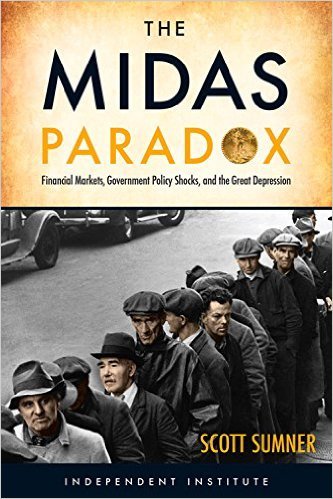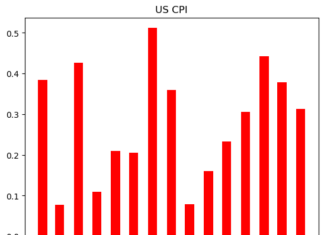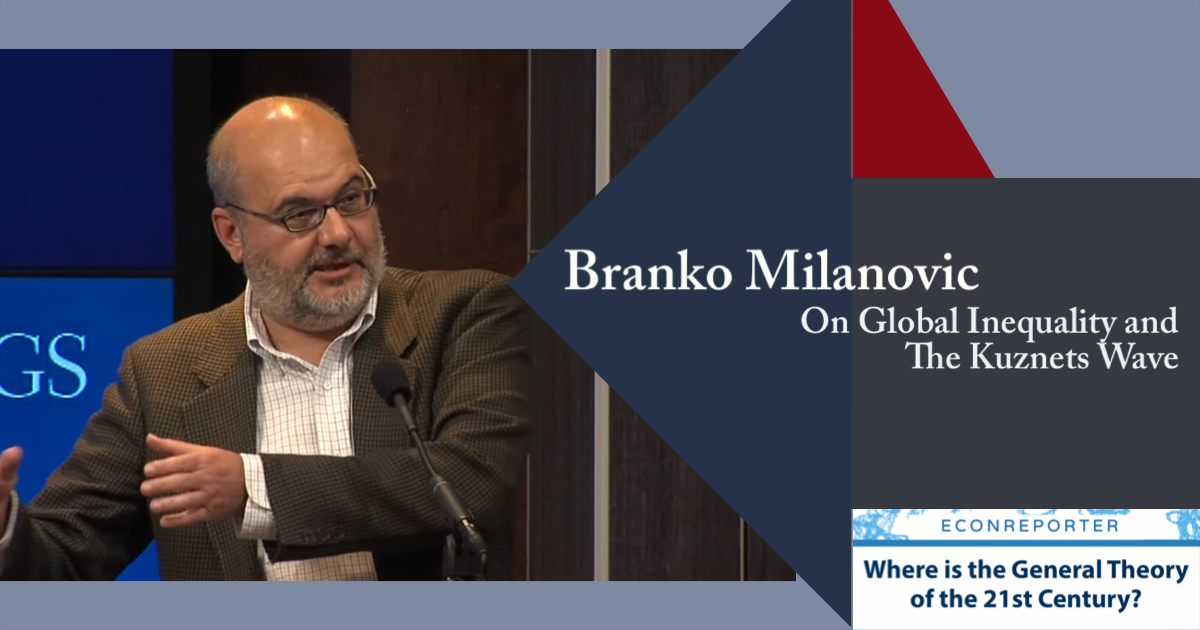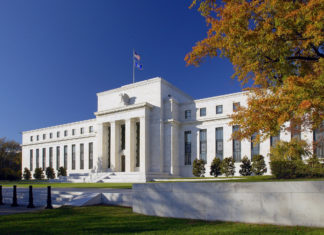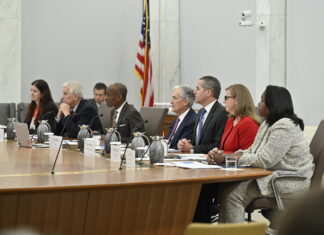Midas Paradox and the Great Depression | Q&A with Scott Sumner |
Welcome! This is the first installment of our interview series "Where is the General Theory of the 21st Century?"
"Where is the General Theory of...
How to make US inflation chart by pulling data from BLS API with Python
An important question is how do we get the series IDs for the data you need. The short answer is through BLS's Data Finder
Politics and the Economics of Banking Crises | Q&A with Charles Calomiris |
In this installment, we continue our discussion with Prof. Charles Calomiris, Henry Kaufman Professor of Financial Institutions at Columbia Business School. The topic of this installment is the missing role of politics in economics models of banking crises. We also discussed if Calomiris thinks macroeconomics has a similar problem.
Global Inequality and Kuznets Waves | Q&A with Branko Milanovic |
Welcome to the latest installment of our interview series “Where is the General Theory of the 21st Century?”
“Where is the General Theory of the...
Debt Growth Rate, not Level, Predicts Slowdown
Last week, Bank of England's Deputy Governor for Monetary Policy Ben Broadbent gave an insightful speech about debt dynamics.
An important point Broadbent has...
QE: A User’s Guide | #FurtherDiscussed
In a recent policy research, Joseph Gagnon of Peterson Institute for International Economics and Brian Sack of D.E. Shaw Group asked an important question: when the Federal Reserve implement QE in the next crisis, should they use it somewhat differently?
Aging, Output Per Capita and Secular Stagnation
Gauti B. Eggertsson, Manuel Lancastre, and Lawrence H. Summers explain in their paper "Aging, Output Per Capita and Secular Stagnation" the role of aging in the Secular Stagnation model.
The repo spike is not liquidity crisis; it is a crisis for Fed’s floor...
The floor system needs a cap on top of it. The sooner the Fed realizes it, the better they will be prepared for the coming financial turmoil.
The Disappointments with Post-Great Recession Macroeconomics | Q&A with Kocherlakota |
Welcome to the latest installment of our interview series “Where is the General Theory of the 21st Century?”
“Where is the General Theory of the...
Measuring Federal Reserve officials’ secret disagreement behind locked doors of FOMC meetings
Dissent votes in Federal Reserve policy meetings are rare, accounting for only 6.37% of the votes between 1976 and 2017. However, opting not to vote against the FOMC consensus doesn't necessarily mean committee members don't "disagree" with it.


